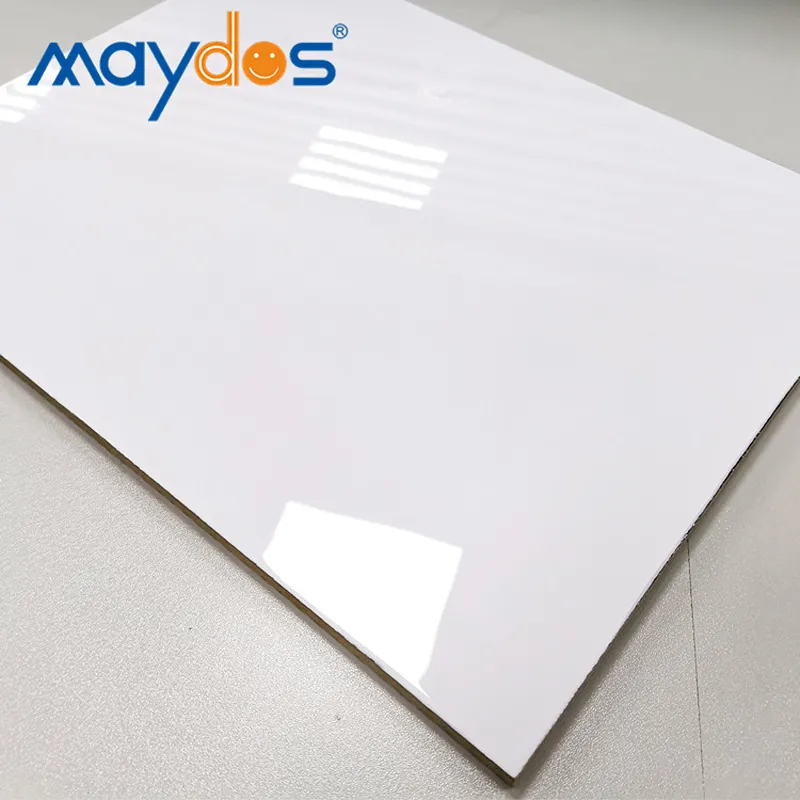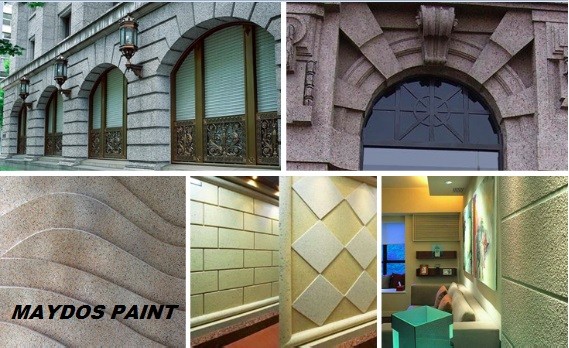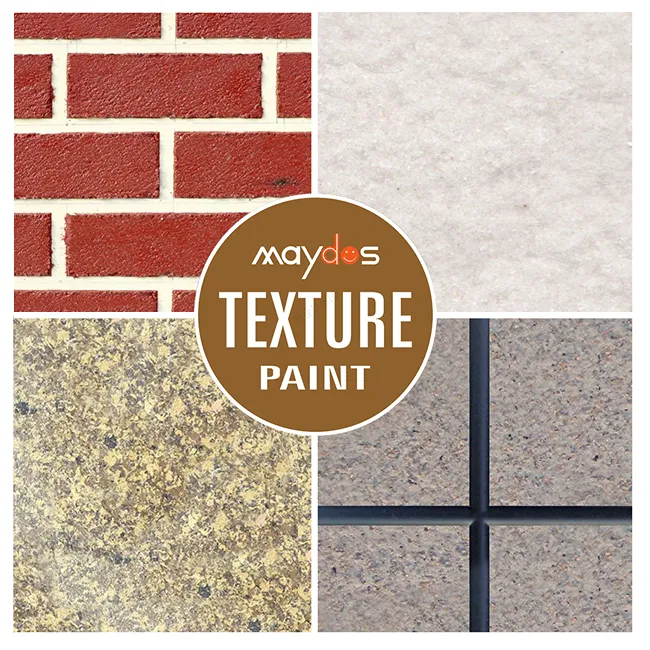1. Surface preparation
– The new surfaces need to be fully cured for more than 15 days. The wall surface should be
smooth, clean, and free of grease, dirt or other contaminants.
– The base wall should be comprehensively inspected for hollows, cracks and pulverization; the
hollows should be knocked out and the dust should be cleaned off and then filled and repaired
with mortar or wall putty.
– Old walls should be cleaned, and floating dust, algae, etc. should be removed with
high-pressure water guns and wire brushes. Test the adhesion of the original coating on the wall
and peel off completely any coating with poor adhesion.
2. Application of primer
– Apply a coat of anti-alkali primer by roller or spray gun.
3. Application of natural stone paint
– Use the special spray gun for natural stone paint. It is recommended to spray it twice. The
spraying should not start until the primer is completely dry.
– After the first coat is a little dry, spray the second coat. When spraying, be sure to make the
coating thickness even and the surface not be exposed. The size of the floating dot is basically the
same, and the total thickness is preferably 2 to 3 mm, or it may be determined according to
different design requirements.
4. Sanding
Before the application of varnish, use sandpaper and other tools to remove the sharp floating
sand on the surface of the dried coating.
5. Application of varnish
– The main function of the varnish is to enhance the waterproof, anti-fouling and other weather
resistance properties of the exterior wall. This process is essential.
-To spray the varnish after the colored natural stone paint coating is completely dry. Generally,
spray it twice. First, spray a thin and even layer. After it dries for about 60 minutes, spray the
second time.
-The varnish can be thinned with 10% to 15% of water.





















.jpg)